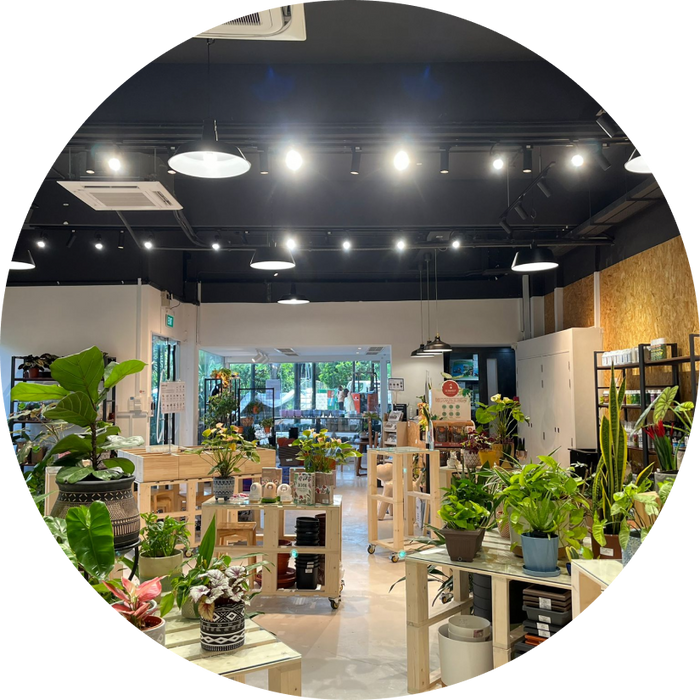Professional Consultation on Landscaping Grow Lights
Illuminating Your Indoor Landscaping Dreams

Expertise in Landscaping Grow Lights
Every landscape has its unique lighting needs. Inadequate or improper lighting can turn a potentially vibrant space into a lacklustre one.
The Challenge:
Not all landscapes can naturally get the sunlight they require, be it due to shade, building structures, or plant types.
Our Solution:
With our specialised consultation for landscaping grow lights, we ensure your garden receives its ideal light. Tailored, precise, and aligned with your vision—let us brighten your landscape's potential.

BENEFITS
Illuminating Your Indoor Landscaping Dreams


Tailored Recommendations
Understand the unique needs of your landscape and get suggestions tailored to those requirements.

Energy Efficiency
Maximise growth while minimising energy consumption.

Boost Aesthetics
Properly lit landscapes can dramatically enhance the appeal of your property.

Increase Plant Health
Ensure your plants get the right amount of light to flourish.
What comes with our consultation?
Why choose us?
Client Testimonial
I used Eco-Light services for my shops "The Plant Loft" and "Craftsforgreen". Their fast delivery, expert advice, and quality products like the Sola S5 and Sola C lights have been instrumental in maintaining and growing my plants, even indoors. Highly recommend Eco-Light
We hired Eco-Light to set up a microgreen system. Their service was professional, responsive, and excellent. Highly recommend Eco-Light.
I engaged Eco-Light for grow lights in our urban farming projects. The expertise and assistance from their team were commendable. They guided me thoroughly on selecting the right grow lights, being transparent about costs and possible challenges. I'm highly satisfied with their customer service and wouldn't hesitate to collaborate with them again. I wholeheartedly recommend Eco-Light, trusting they'd extend the same top-notch service to all.
We have recently engaged Steven from Eco-Light to install grow lights within our plants retail nursery Arbour located at 15 Joan Road S298899. He recommended the best installation method with proper e-drawing to scale at a very reasonable pricing. His efficiency and quick response to our queries made us comfortable in engaging his service. We would strongly recommend Eco-Light products and services to our customers.

